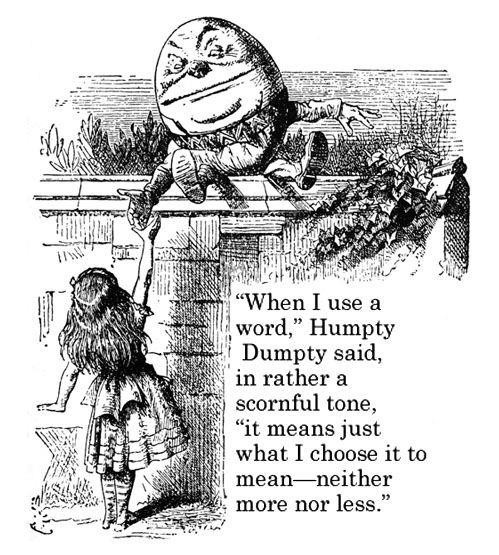 One of the problems with the Cooper administration’s data regarding COVID-19 cases, hospitalizations, and deaths is when they use those terms, they don’t carry the same meaning as when people use those terms in regular conversation.
One of the problems with the Cooper administration’s data regarding COVID-19 cases, hospitalizations, and deaths is when they use those terms, they don’t carry the same meaning as when people use those terms in regular conversation.
It’s part of the fog of COVID data in NC.
Cases
Take cases, for example. In regular conversation, to have a case of COVID-19 is to be sick with the virus with potential for spreading the infection to others.
In Cooper’s NC, however, to have a case of COVID-19 means to have received a “positive” test result that doesn’t:
- differentiate living virus from unviable genetic fragments
- tell if there is even enough virus material present to constitute an actual infection
- stay within the research consensus of the threshold limits of the test, but instead is made highly sensitive by going several levels past any meaningful threshold limit
See Friday’s Research Brief, The Fog of COVID-19 Data: How many cases aren’t even cases?, for more information.
Hospitalizations
In regular conversation, a hospitalized COVID-19 patient would mean someone whose COVID infection is so bad it’s put him in the hospital.
To Cooper’s Department of Health and Human Services (DHHS), however, it means someone who is in the hospital for any reason and who has tested positive for COVID-19. That’s not the same at all.
As discussed in today’s Research Brief, The Fog of Covid-19 Data: Hospitalizations and Deaths:
DHHS admits no distinction between a hospitalization for COVID and hospitalization with COVID. Hospitalizations for COVID are the dangerous infections people rightly worry about. Hospitalizations with COVID are when people are in the hospital for other reasons — a chest ailment, a car accident, a medical procedure, etc. — and as part of the routine clinical assessment, they test positive for COVID.
How many people are in one group and not the next? It’s hard to tell from this vantage point. Counting the two groups together, however, only inflates the number and gives the impression that dangerous infections are higher than they are. How much higher, who can tell?
Deaths
In regular conversation, a death from COVID-19 has occurred when a COVID infection caused the medical events that brought about death.
Cooper’s DHHS seems to treat deaths similar to how it treats hospitalizations: death from COVID, death with COVID, it all “counts”:
Here again, counting the two groups together inflates the number of deaths and gives the impression that fatal COVID infections are higher than they are. How much higher, again, who can tell?
If someone died from COVID, you would think it would be known. But what if someone died with COVID? The Cooper administration’s death reporting is notoriously bad — worst in the country. But even that doesn’t explain why DHHS seems to keep finding COVID deaths months after the fact.
A day’s report of “new” COVID deaths frequently contains deaths from several weeks prior. On September 15, DHHS suddenly reported a “new” COVID death — from April 14! It’s not as if DHHS just learned of those deaths, but something has changed, weeks if not months after the fact, that causes DHHS to list those deaths as COVID deaths.
A word about media coverage
One would think that media would press for greater clarity of terms, but instead they have exhibited a shocking pliancy, incuriosity, and even complicity.
In Friday’s brief, I noted how media are overlooking the fact that DHHS suddenly made a major change to the state’s count of COVID-19 cases — adding “probable cases” from antigen testing, including retroactively. Doing so provided a one-day increase of 6,142 cases and upended data tracking. As I wrote:
Cooper and media have since acted as if the case count has suddenly spiked without explanation except that people are misbehaving.
WRAL provided the best example this weekend with a headline that managed to be misleading on two fronts: “Is Phase 3 responsible for NC’s rising coronavirus numbers?”
We are still not even in full Phase 2. Just because Cooper calls not-yet-full-Phase-2 “Phase 3” doesn’t mean it is.
Once again, with Cooper changing his own rules, his administration changing the data, and media going along with it no questions asked, it’s vital for North Carolinians to have a functioning memory.


